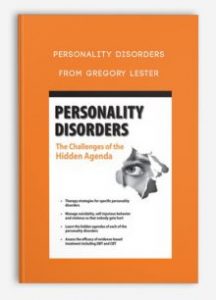 Personality Disorders from Gregory Lester
Personality Disorders from Gregory Lester
More information about Medical:
Medicine is the science and practice of establishing the diagnosis, prognosis, treatment, and prevention of disease.
Medicine encompasses a variety of health care practices evolved to maintain and restore health by the prevention and treatment of illness.
Contemporary medicine applies biomedical sciences, biomedical research, genetics, and medical technology to diagnose, treat, and prevent injury and disease,
typically through pharmaceuticals or surgery, but also through therapies as diverse as psychotherapy, external splints and traction, medical devices, biologics, and ionizing radiation, amongst others.
Medicine has been around for thousands of years, during most of which it was an art (an area of skill and knowledge) frequently having connections to the religious and
philosophical beliefs of local culture. For example, a medicine man would apply herbs and say prayers for healing, or an ancient philosopher and physician would apply bloodletting according to the theories of humorism.
In recent centuries, since the advent of modern science, most medicine has become a combination of art and science (both basic and applied, under the umbrella of medical science).
While stitching technique for sutures is an art learned through practice, the knowledge of what happens at the cellular and molecular level in the tissues being stitched arises through science.
Outline:
Learn the DSM-5® Personality Disorder System
- What is personality, where does it come from and where does it go?
- Attachment-the lifelong problem
- Personality pathology: genes vs. family vs. friends vs. fate
- Personality disorders
- Spectrum or category
- Discrete or complex
- Bump in the road or end of the line
- Why can’t we all just get along?
”It’s All About Me.” The Challenge of the Hidden Agenda
- The core of the personality disorder: The unchanging agenda
- A review of the DSM-5® personality disorders and their agendas:
- Criteria changes:
- Schizotypal
- Narcissistic
- Antisocial (and Psychopaths!)
- Borderline
- Avoidant
- Obsessive-Compulsive
- Trait Specified (PDTS) What is that?
- General Criteria for Personality Disorders
- Levels of Personality Functioning
- Personality Trait Domains
- Criteria changes:
Actually, It’s All About You
- Transference & Countertransference
- What does transference and countertransference look like in our work?
- Boundary crossings and boundary violations
- How to tell when you are headed for disaster and how to intervene
What Works and What Doesn’t With Personality Disorders
- Polypharmacy and the borderline client
- DBT, CBT and all the rest-which therapy for whom? What’s the evidence and what’s the truth
- Generic, but incredibly useful, therapy strategies for each disorder
- Are some disorders hopeless?
Nobody Gets Hurt: Violence, Suicide & Manipulation
- Self-injurious behavior
- The frustration of recurrent suicidal behavior
- Suicide risk assessment
- Keeping yourself safe
Limitations of Research and Potential Risks
Description:
The client whose problems meet the DSM-5® criteria for a Personality Disorder can be the most difficult client in your caseload to treat. They may require more time in therapy, more energy and involvement on your part, experience a greater number of life crises, and create more upset with their family, work, and social systems than virtually any other diagnostic group.
Often being “sent” for therapy rather than choosing therapy, their motivation for change may be limited and their personality disorder is likely-co-morbid with other exacerbating disorders.
Watch Gregory W. Lester, PhD, and take home an integrated approach for working with these challenging clients.
Take home:
- Evidence-based skills for successful treatment
- Techniques to assess and treat comorbid personality
- A framework for treatment planning
- Skills to assist the client toward greater coping and adaptation


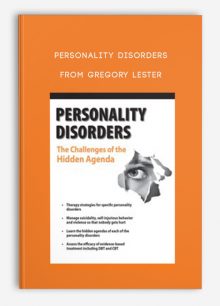


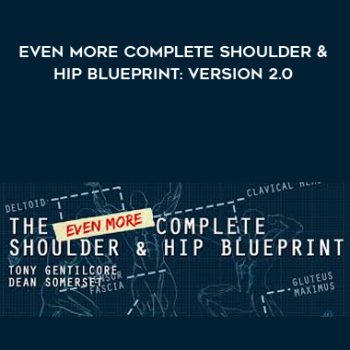
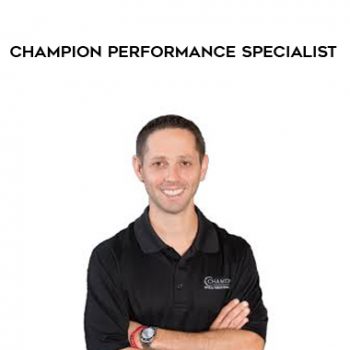



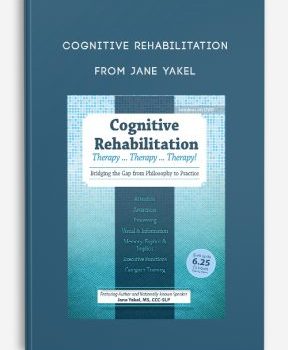


tristian –
This is Digital Download service, the course is available at Coursecui.com and Email download delivery.